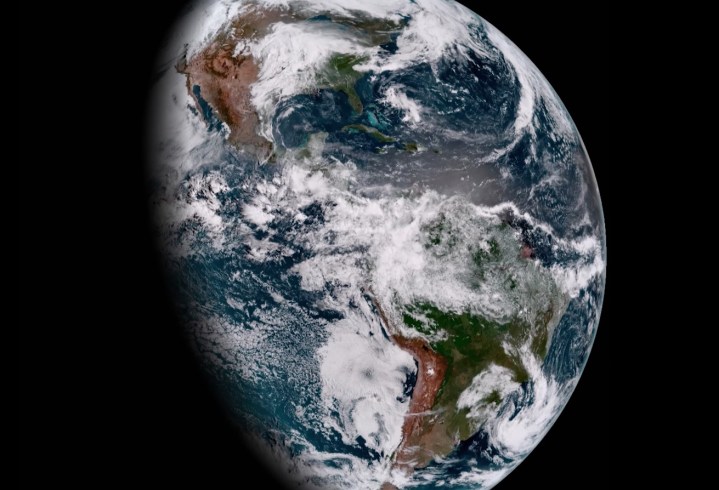As confusing and changeable as the world can be, there are some comforting certainties: The sun rises in the east, summer follows spring, and a day lasts for 24 hours. Right? Unfortunately, not even these basic tenets of life on Earth are set in concrete. In recent years, researchers have noticed that days on Earth are getting shorter, and no one knows exactly why.
The kind of shortening we’re talking about is only noticeable due to atomic clocks, which can measure time with extreme accuracy. Since scientists began using these atomic clocks to measure the lengths of days, the record for the shortest day ever recorded was set in July this year.

A day is a period in which Earth makes a complete rotation around its axis. Although this averages out at 24 hours, the speed of this spin can actually increase or decrease, which effectively shortens or lengthens days. It is the increasing spin rate of the Earth that is causing days to shorten, as they have generally done in the order of milliseconds per year since 2019.
The odd part of this story is that no one is quite sure what the cause of this faster spinning is. General consensus among geoscientists is that it is likely either due to processes within the planet, or due to oceans or the climate. Earth isn’t the only planet with this problem either, as similar but more pronounced effects are seen on Venus which has variable day lengths due to its thick atmosphere.
On Earth, there is the effect of the moon’s gravity to consider, which creates the tides and over time has been slowing the Earth’s rotation due to friction. But there are also processes working in the other direction to speed its rotation up.
“When the last ice age ended, melting polar ice sheets reduced surface pressure, and Earth’s mantle started steadily moving toward the poles,” two researchers in the field of geodesy (the science of the Earth’s fundamental properties), Matt King and Christopher Watson, explain in The Conversation. “Just as a ballet dancer spins faster as they bring their arms toward their body – the axis around which they spin – so our planet’s spin rate increases when this mass of mantle moves closer to Earth’s axis. And this process shortens each day by about 0.6 milliseconds each century.”
Other factors like earthquakes and weather can affect the length of days as well, or the changes could be due to an effect called the Chandler wobble, which is where the Earth’s axis of rotation shifts by small amounts. King and Watson, however, argue that the length of days on Earth is actually increasing, with long-term effects switching from shortening days to lengthening them since 2020.
As well as being of general interest, the exact length of days has a practical impact as well, with the complex need for international leap seconds to allow for these ongoing changes to the Earth’s rotation.
Editors' Recommendations
- Around-the-clock 4K Earth imagery to be streamed from ISS
- One last orbit: how and why NASA kills its own spacecraft
- How to watch record-setting NASA astronaut return to Earth this week
- This remarkable shape-shifting robot could one day head to Mars
- New space record set for crew in Earth orbit




